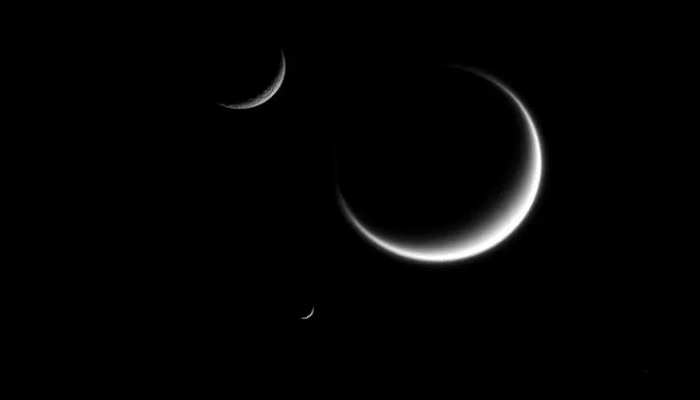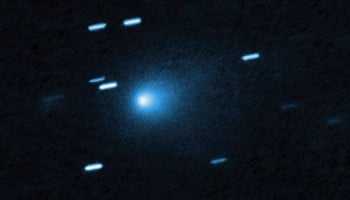
Recent observations have unveiled three new members in our solar system, adding to the moons of Uranus and Neptune. These distant ice giants pose a challenge for astronomers to detect small orbiting bodies, especially with one of the newly discovered moons ranking as the faintest ever spotted by a ground-based telescope.
While Jupiter and Saturn boast numerous moons, Uranus and Neptune have relatively fewer, with Uranus hosting 28 moons and Neptune just 16. Among these, Uranus now counts a new tiny moon, measuring a mere 5 miles across. Yet to be officially named, it currently goes by the designation S/2023 U1, following the tradition of naming Uranian moons after characters from Shakespearean plays.
The discovery of Uranus' new moon, along with two others around Neptune, was made possible by Scott Sheppard from Carnegie Science, utilising the Magellan telescope in Chile. Sheppard, in a statement, highlighted the significance of these findings, noting that these moons are the faintest ever detected around the ice giants using ground-based telescopes, requiring specialised image processing techniques for their identification.
Read more: Odysseus Moon Lander leans sideways on Moon's surface, tipped but not toppled
Confirmation of the moons' existence involved observations from multiple telescopes, including the European Southern Observatory’s Very Large Telescope and the Gemini Observatory’s 8-meter telescope. Detailed observations were necessary to ascertain the moons' orbits and dimensions.
One of the Neptune moons, S/2002 N5, revealed an intriguing backstory. After determining its orbit, astronomers traced its origins back to an object observed near Neptune in 2003, shedding light on its existence despite going unnoticed until now.
These discoveries underscore the similarity in moon systems among the giant planets, despite their diverse characteristics. Sheppard emphasized that even Uranus, with its unique sideways orientation, shares a comparable moon population with its counterparts, while Neptune's outer moons exhibit resemblances to those of neighbouring planets.
The exploration of these distant moons provides valuable insights into the dynamics and composition of our outer solar system, offering a glimpse into the mysteries of these enigmatic worlds.
















